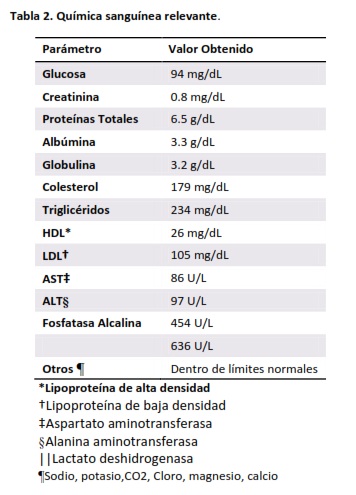Idiopathic Intracranial Hypertension. Case Report. Santo Tomas Hospital. Panama.
Main Article Content
Abstract
Introduction. Idiopathic intracranial hypertension is characterized by an increased intracranial pressure, which pathogenesis is currently unknown. It occurs in 1 to 2 cases per 100 000 habitants; women withoverweight or obesity in childbearing age are the highest risk group. Usually, patients do not show evidence in diagnostic studies that suggests an extensive intracranial process. Clinical features are nonspecific. However, patients can present headache, papilledema and transient loss of vision. Other less common features include photophobia, pulsatile tinnitus, retrobulbar pain, diplopia and permanent loss of vision.
Case Report. A 55 year old obese female with history of untreated hypertension, that began with paralysis of the left side of face, and an occipital pulsatile headache that later became generalized. The patient also presented, conjunctival hyperemia and decreased visual acuity that later evolved to a bilateral blindness.
Discussion. An increase in cerebrospinal fluid opening pressure was documented. However, its chemical and staining analysis, as well as the neuroimaging studies, were normal.,The thyroid function tests showed abnormal values, but the rest of the diagnostic studies were negative or normal. The patient was managed with carbonic anhydrase inhibitors, loop diuretics and corticosteroids. The impact on the patient’s life quality, as well as the potential and irreversible damage that can occur, if it is not adequately diagnosed and treated, make this case important for the clinician.
Key Words: Idiopathic Intracraneal Hypertension, pseudotumor cerebri, papilledema, cerebrospinal fluid, headache.
Article Details

This work is licensed under a Creative Commons Attribution-NonCommercial-NoDerivatives 4.0 International License.
The authors grant the Editorial Comitte of Revista Medico Cientifica the right to publish this article in it. Also, they state that this manuscript has not been published prevously.

